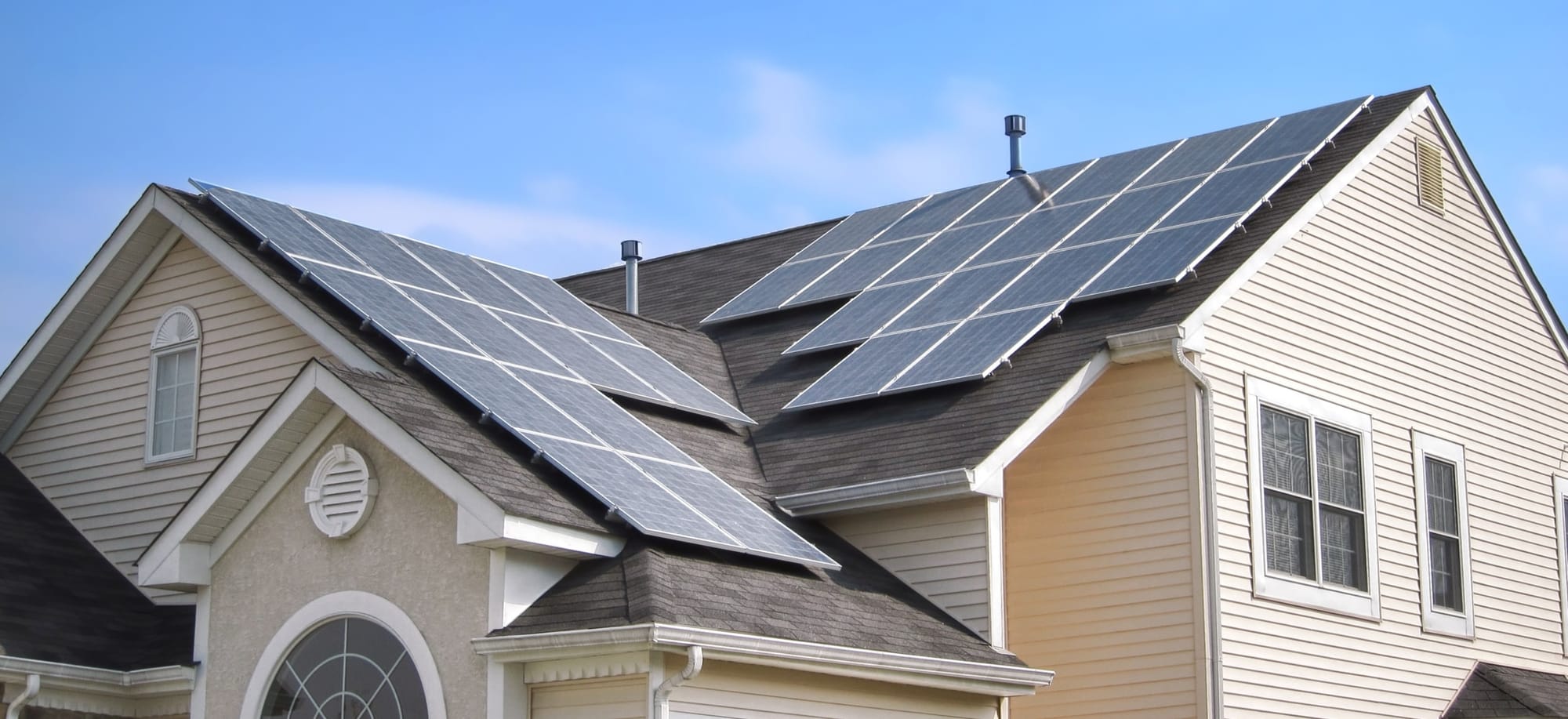“Electrify Everything”: Why New York State’s Big Shift Makes This the Year to Go Solar
New York is mandating all-electric homes and phasing out gas boilers by 2030. With utilities going carbon neutral and rates projected to double, 2025 may be the last chance to go solar while incentives last and before the grid gets overwhelmed.

If you live in New York and own a home—or plan to—you’ve probably heard by now that the state is making a major push to electrify everything. And by everything, I mean no more new gas stoves, gas boilers, oil burners, or propane systems. The Clean Energy Homes and Buildings Act, passed as part of the 2024 State Budget, is now law—and it’s already reshaping how we build and maintain homes.
What the Law Actually Says
Starting January 1, 2026, fossil fuel hookups will be banned in new residential buildings under seven stories.
By 2029, the same restriction will apply to all new construction, including multi-family and commercial buildings.
The law is part of New York’s plan to cut greenhouse gas emissions from buildings (which account for over 30% of the state’s total), improve indoor air quality, and drive clean energy jobs. Its goals include:
- Requiring zero on-site emissions in new buildings
- Phasing out fossil fuel appliances
- Encouraging the use of heat pumps, induction cooking, and smart electric systems
Repairs? That’s Changing Too
A critical part of this shift that isn’t getting much attention: starting in 2030, gas and oil boilers may no longer be repairable or replaceable under updated energy efficiency and appliance regulations.
In other words, if your boiler breaks down after 2030, you may not be legally allowed to repair it—or replace it with another fossil fuel system. Even if it's technically fixable, your local technician might not be able (or allowed) to repair it. The state is phasing out parts availability and limiting what can be legally permitted.
This isn’t a gray area—it’s baked into the long-term energy planning process.
The Bigger Problem: Supply, Demand, and the Cost of Carbon Neutrality
While the state is mandating that all new homes go electric, the power grid isn’t ready for that load. Peak demand is already rising each year—especially during heatwaves—and many of the transmission and distribution systems across Long Island and the state are aging.
Governor Hochul recently acknowledged that New York may need to revisit nuclear energy as part of its long-term strategy. That’s a clear sign that renewable supply isn’t scaling fast enough to match demand.
And here’s another layer: under the Climate Leadership and Community Protection Act (CLCPA), New York utilities are required to be 100% carbon-free by 2040. That means power companies like PSEG-LI and Con Edison have to:
- Shut down fossil-fuel-based plants
- Build or purchase large-scale wind, solar, hydro, and possibly nuclear
- Upgrade the transmission grid to move energy across regions
- Invest in energy storage to stabilize supply
- Electrify their own fleets and facilities
All of this has to happen on the utility’s dime—at first. But utilities are for-profit entities, and they recover infrastructure costs through rate hikes approved by state regulators. In other words:
You’re going to pay for the grid to go carbon neutral—whether or not you benefit directly from it.
So while the shift may be necessary in the long term, it’s going to get expensive fast. That’s why owning your own power through solar is one of the few ways homeowners can insulate themselves from what’s coming.
Projected PSEGLI Electric Rates
PSEG-LI already has some of the highest residential electric rates in the country—and those rates are expected to climb steadily over the next two decades.
Here’s what we’re likely to see if current trends continue:
- In 5 years (2030): ~20–25% increase over today’s rates
- In 10 years (2035): ~45–55% increase
- In 15 years (2040): ~70–85% increase
- In 20 years (2045): Over double today’s cost (110–130% increase)
These projections are based on a combination of PSEG-LI’s own filings, their long-term infrastructure and electrification plans, inflation, and rising demand as more homes convert to electric heating and EV charging. They also reflect the compounded effect of consistent 5–7% annual increases the utility has sought in recent years.
Bottom line: electricity costs aren’t going down—especially as the grid gets more strained and the state continues to phase out fossil fuels.
This makes the case for solar even stronger. Installing panels now means locking in decades of power production at a predictable cost—before utility rates begin their steady climb.
Why This All Points to Solar
If everything in your home—heat, hot water, stove, dryer, car—is going electric, then your electric bill becomes your everything bill. That’s why solar power is no longer just a luxury or environmental choice—it’s quickly becoming essential.
Right now, you can still take advantage of a 30% federal solar tax credit, thanks to the Inflation Reduction Act, along with New York State tax incentives and some utility rebates. But that window may be closing. The American Families and Clean Energy Security Act (unofficially called the “Big Beautiful Bill”) includes provisions that would eliminate or cut those solar credits after 2025, especially for grid-tied residential systems.
That means if you want the full benefit of the current incentives, your system needs to be:
Installed and connected to the grid by December 31, 2025.
Why You Shouldn’t Wait
If you're thinking about solar, now is the time to act:
- Installers are already booked months out
- Utility approvals for grid connection are getting slower
- Costs for materials and batteries are trending upward
- Your current fossil fuel system may not be legal to fix in a few years
- The electric grid is stressed, and rates are unlikely to drop
So here’s what I tell clients and friends:
Don’t wait until your boiler dies in several years and your only option is a heat pump.
Don’t wait until the tax credits vanish.
Don’t wait until everyone else is rushing to install solar at the same time.
If you’re preparing for an all-electric future (and in New York, you pretty much have to), then 2025 is likely the best year to go solar.
